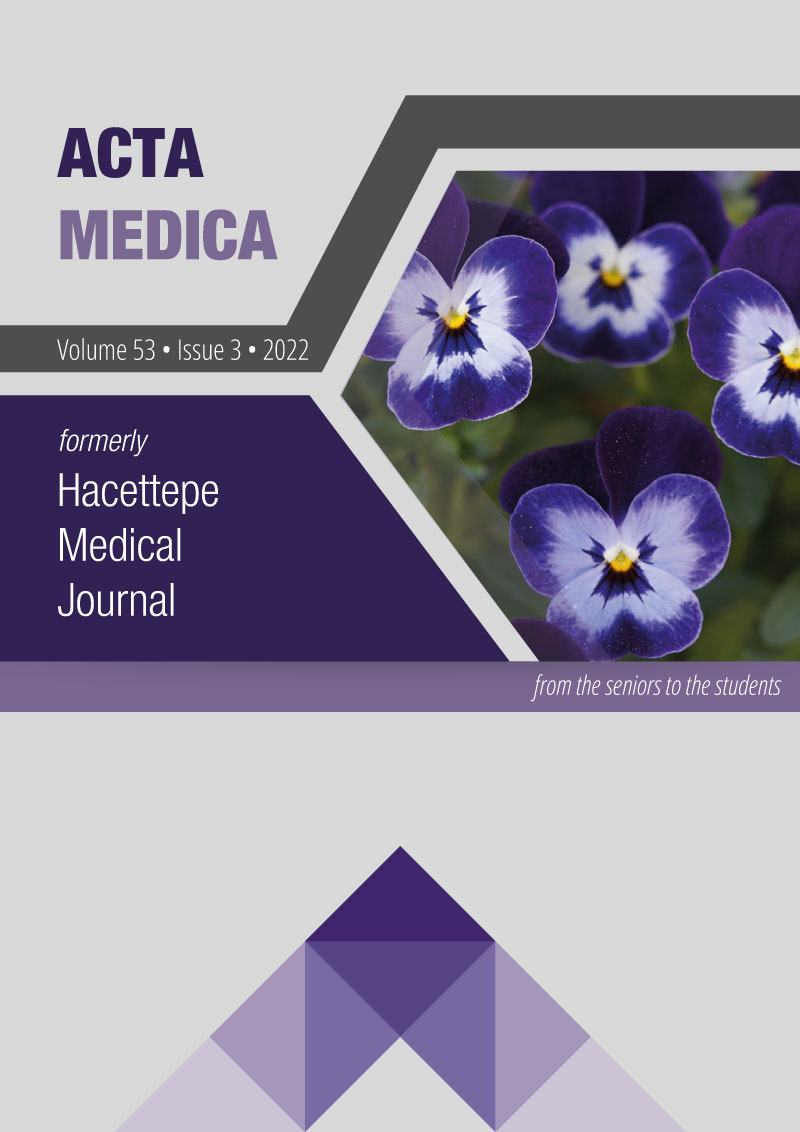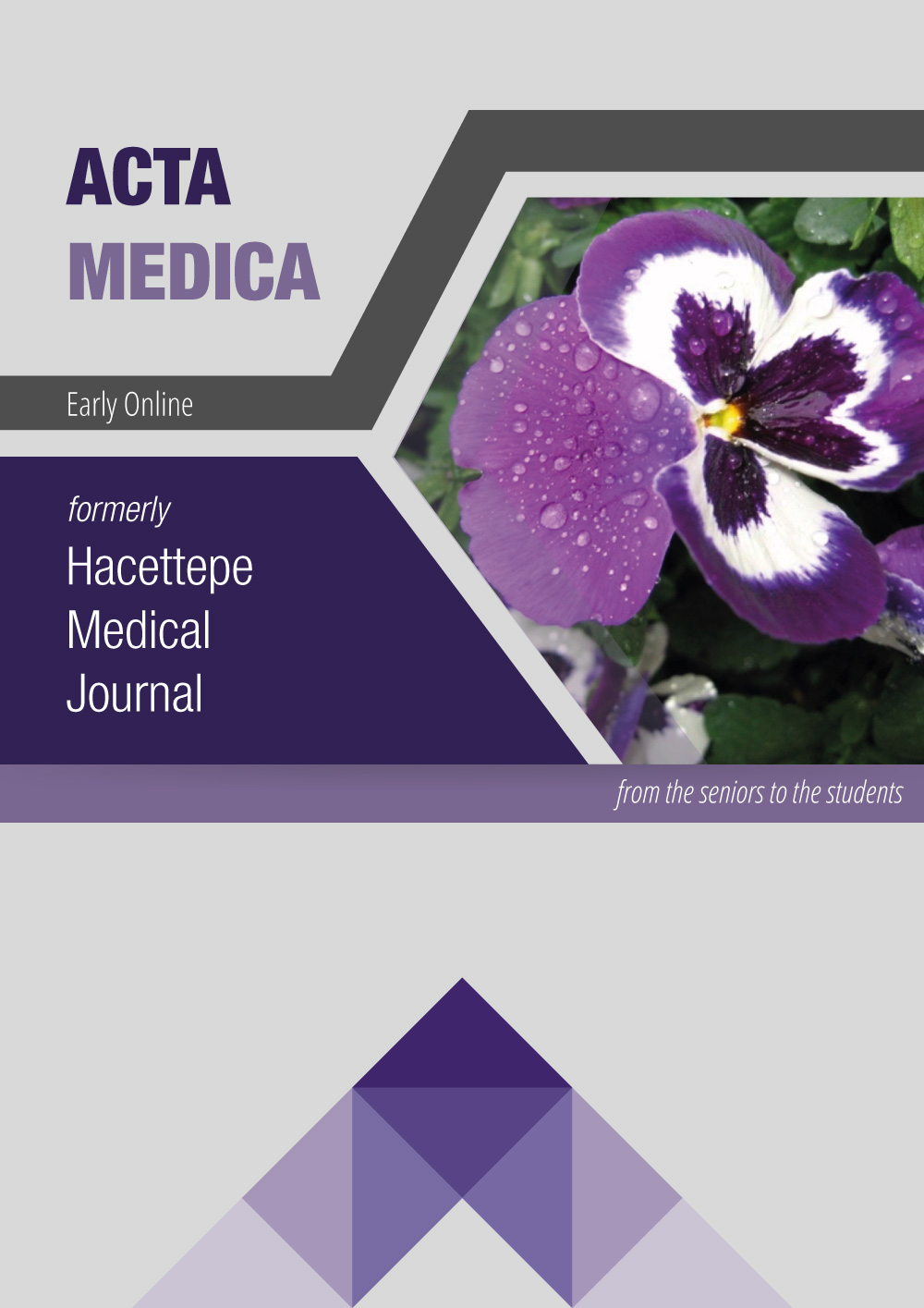In silico Activity and Target Prediction Analyses of Three Triazolothiadiazine Derivatives
DOI:
https://doi.org/10.32552/2022.ActaMedica.737Keywords:
Molecular docking, pharmacology, similarity searching, triazolothiadiazinesAbstract
Objective: Polypharmacology, interaction of one drug with multiple targets, emerged as an effective approach in drug discovery and development. Bioinformatics and cheminformatics methods are essential tools for determination of polypharmacological profiles of newly synthesized or known compounds and drugs. Previously, three novel triazolothiadiazine derivatives; 1h, 3c and 3h, have been shown to induce apoptosis and cause cell cycle arrest on liver cancer cells. The aim of this study is to find possible action mechanisms and potential targets for these three triazolothiadiazine derivatives, and to investigate their potential as new therapeutic agents by using computational methods.
Materials and Methods: PASS software was used to identify biological activities and Swiss Target Prediction and BindingDB databases to predict potential targets for 1h, 3c and 3h. PDE4A, ALR and DUSP1 proteins were selected for molecular docking analysis following the protein modeling of the three proteins.
Results: Activity prediction results show that 1h, 3c and 3h might have phosphatase and signal transduction pathway inhibitor, hepatocyte growth factor antagonist, anti-inflammatory and antifungal activities. These derivatives are predicted as inhibitors of several phosphodiesterases by activity and target prediction tools.
Conclusion: Based on prediction and molecular docking results, it is proposed that these compounds may have therapeutic properties through new predicted targets.
Downloads
Downloads
Published
How to Cite
Issue
Section
License
Copyright (c) 2022 Acta Medica

This work is licensed under a Creative Commons Attribution-NonCommercial-NoDerivatives 4.0 International License.


